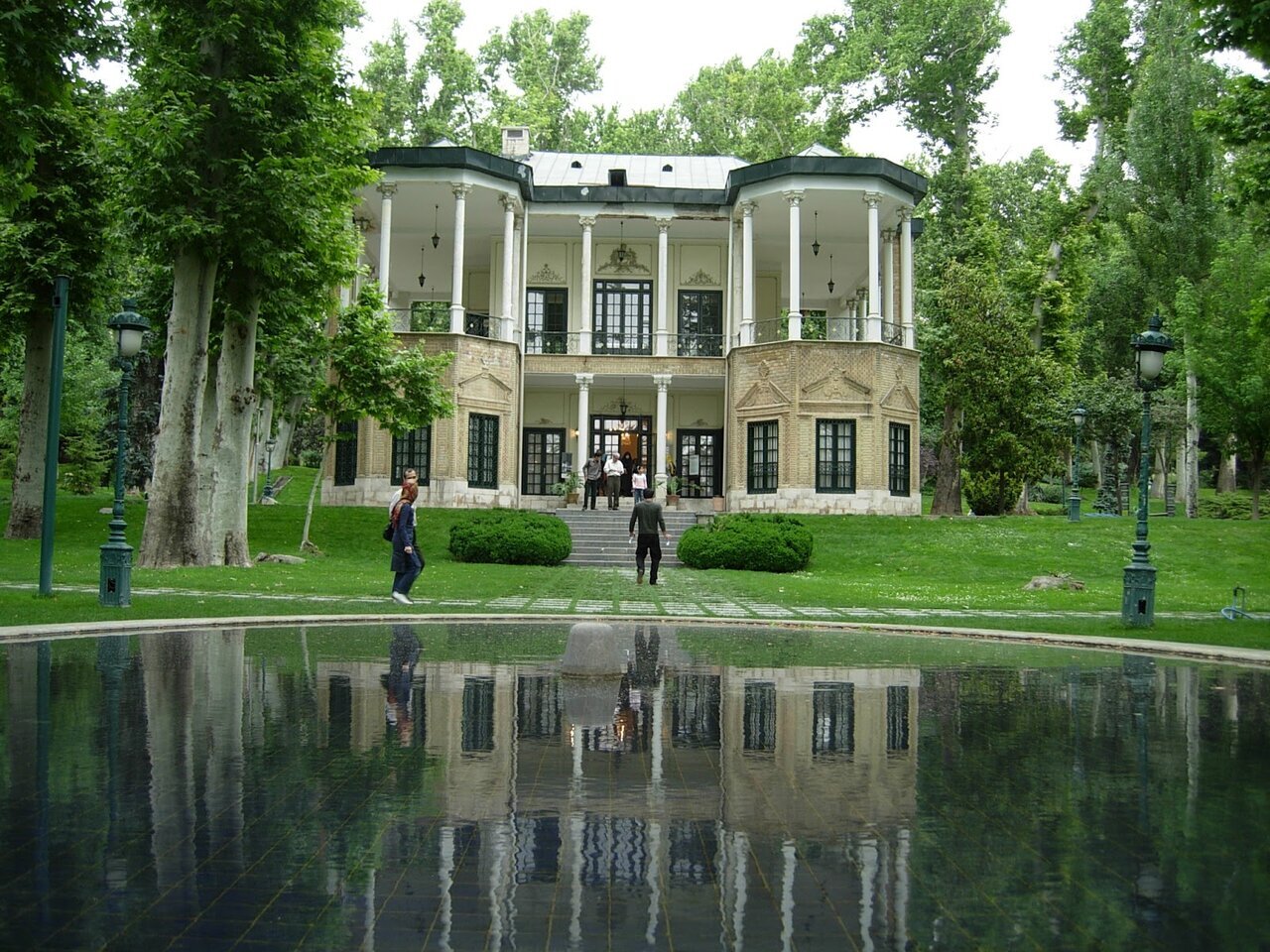Koshk-e Ahmad Shahi, Automobile Museum to reopen on Saturday

TEHRAN— The museum activity in the Niavaran Cultural-Historical Complex in Tehran resumed with the reopening of parts of the complex after a temporary closure of museums due to the security concerns resulted by the recent developments in the region.
Koshk-e Ahmad Shahi (Ahmad Shahi Pavilion) and The Automobile Museum of Iran, also known as the Historical Car Museum of Iran, will host the visitors as of Saturday (August 9), IRNA reported.
According to the Public Relations Department of Ministry of Cultural Heritage, Tourism and Handicrafts, following the adoption of temporary security measures in the wake of recent regional developments, the Niavaran Cultural-Historical Complex, which had been closed for a limited period, began its gradual reopening process with a focus on preserving cultural heritage and ensuring the safety of visitors.
Shahroud Amir-Entekhabi, manager of Niavaran Cultural-Historical Complex, said that in the first step the Niavaran Museum Garden area was opened to the public on August 3. The two Koshk-e Ahmad Shahi Pavilion and The Automobile Museum of Iran have also joined the active spaces of this complex which will reopen on Saturday.
He emphasized the full observance of security and safety regulations in process of reopening the museums, adding that the other sections of the complex will be gradually open to the public after expert assessments and ensuring safe conditions.
Based on official declaration of management of Niavaran Complex, visiting the active sections of this complex is possible every day from 9:00 AM to 6:00 PM, and the last entry time for visitors is 4:45 PM.
The Niavaran Complex spans an area of approximately 11 hectares in northern Tehran. It includes several royal buildings and museums constructed in the 19th and 20th centuries, originally serving as a summer retreat for Qajar and later Pahlavi monarchs.
Highlights of the site include the Ahmad Shahi Pavilion and the main Niavaran Palace, which became a residence of Mohammad Reza Shah and his family. With its blend of pre- and post-Islamic architectural styles, the palace is renowned for its intricate plasterwork, mirrorwork, and tilework. Its lavish interiors are adorned with valuable paintings, sculptures, and furnishings by Iranian and international artists.
KD
Leave a Comment